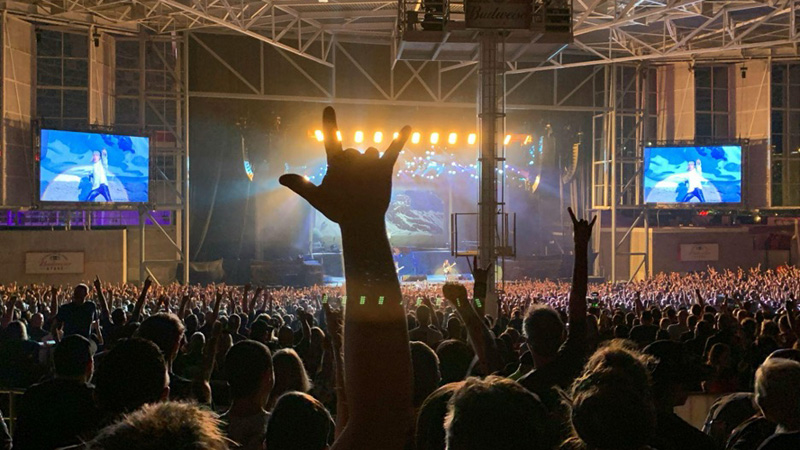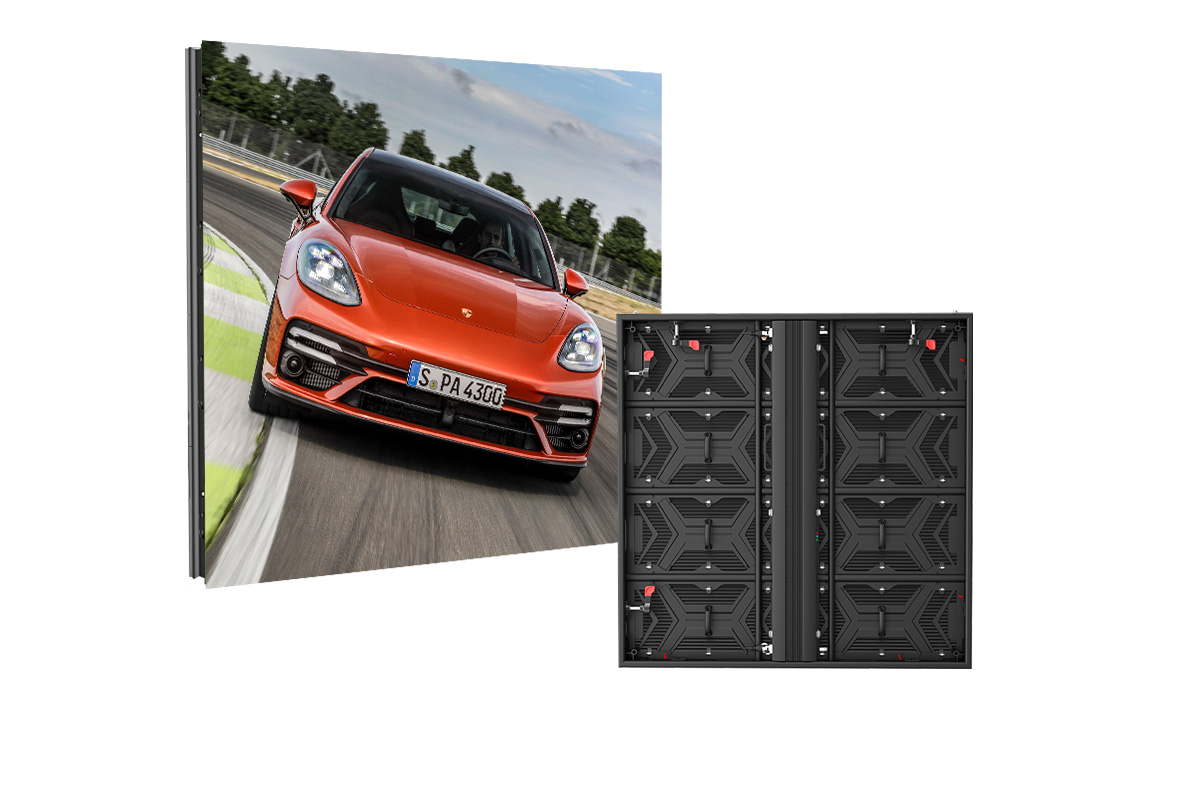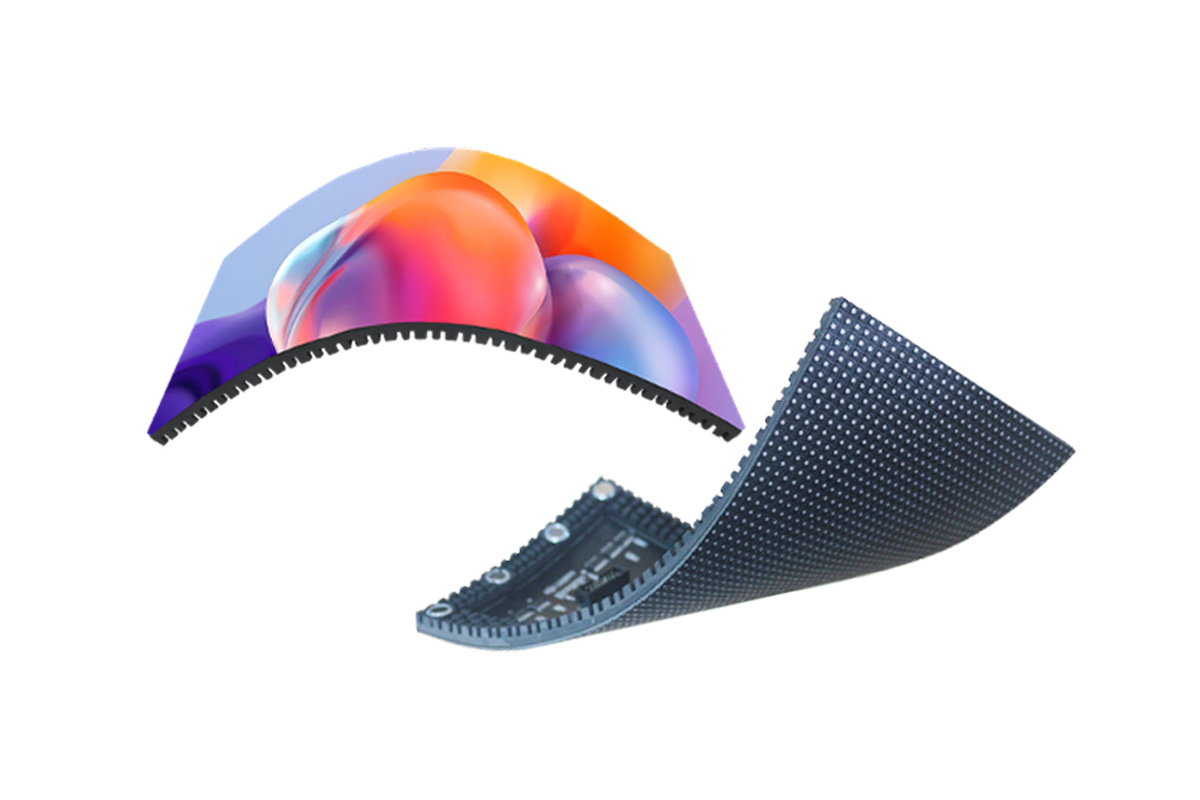FHD vs LED Screen: Picking the Right Display
he quest for the right display screen continues! Two popular screens that confuse most users are full HD and LED screens. These display types determine what you see and experience on a screen. Everyone wants to invest in a display that ensures high-quality visuals and real-life effects. Understanding these two screens will help you pick and invest in the right display.
1. What is FHD?
Every display on the market claims to be full high definition. This leaves customers wondering what exactly full HD means. In simple words, this means image resolution. However, various aspects contribute to the image you see in front of you. But the thing you need to pay attention to is a higher number of pixels indicates better definition and detail.
A full HD screen has a resolution of 1080p and two million total pixels. Most recent movies and games are designed to look great on these displays. Some TV networks still transmit in normal definition, but for video games or a cinematic experience, full high definition is required. These screens also provide higher image quality than 720p resolution.
2. Applications and Benefits of FHD Screens
Full HD stands out from other display qualities with 1080p, which provides a clear and accurate viewing experience. In comparison to lower resolutions like 720p, FHD gives more clarity and sharpness. Making it excellent for a variety of applications including gaming, entertainment, and productivity.
4K resolutions outperform FHD in terms of pixel number and detail. Regardless of this, FHD maintains a balance between image quality and other requirements. Resulting in broad compatibility and smoother performance.
FHD is still a popular choice for many because of its ideal balance of quality, low price, and compatibility across a variety of devices.
Today many devices come with full HD displays. Including smartphones, laptops, TVs, etc. It has established a standard for different electronic devices because of its clarity and functionality. It is the most balanced display out there!
Video Streaming
FHD improves how videos are streamed by displaying clean and colorful graphics. When you watch your favorite movies or shows, better resolution results in clearer image depiction.
Gaming
FHD display is popular for gaming purposes because of its clarity and detail. When playing games, you may notice the complex visuals and textures. This creates a more realistic and immersive experience.
Video Conferencing
FHD improves your video conference experience by giving clear and detailed image quality. This is especially useful for virtual meetings, as participants can see facial emotions and details vividly.
3. Differences Between an FHD Screen and an LED Screen
An LED screen differs physically from traditional monitors and displays, including high-definition displays. The full form of LED means light emitting diode, which are essentially small individual lights. Each one functions as a single pixel, presenting a specific portion of the image. Most full HD monitors and displays use liquid crystal display (LCD) technology. The full HD designation is associated with the result rather than the technique. You may also get full HD plasma panels.
These are the basic key differences. Now let’s look at what they signify. Which is better, an FHD screen or an LED screen?
One peculiar thing about LED screens is that they seem different depending on your proximity to the screen. Many commercial LED panels are designed to be viewable from a greater distance. This distance is up to 2 meters away.
Thus, make sure you test it from a realistic viewing distance before investing in one. Especially if you are going to view it from a closer proximity.
If you’re debating between an FHD or an LED screen, think about how important color accuracy is to you. The way an FHD screen provides color differs from an LED screen. LEDs deliver color intensity that even a high-quality FHD screen cannot match since each LED only displays one color at a time.
Screens have increased in size over the years. With a full high-definition screen, you can have any screen size and still enjoy high visual quality. Unlike other screens, size does not always affect the visual quality of FHD screens.
LEDs on the other hand, have a different issue. Making size an important factor when it comes to resolution. In simple words, the resolution of an LED screen increases with its size.
Rating visual definition differs when using an LED screen. An LED screen will be graded based on its pixel pitch, as opposed to a limited number of pixels for a normal panel. The pixel pitch is the space between each of the LEDs that make up the screen. The resolution improves as the distance and pixel pitch decrease. This is opposed to definition ratings for LCD panels, where a greater number is typically preferable.
FHD |
LED |
|
Resolution |
The resolution of an FHD screen is 1080p | The resolution of LED screens depends on the device they are used in. |
Display |
FHD screens provide high-display quality | LED screens give us strong contrast, color representation, blacks and whites, etc. |
Efficiency |
FHD screens are not energy efficient. | LED screens are one of the most energy-efficient display technologies compared to other LCD screens. |
Versatility |
FHD screens are used in different devices including smartphones, laptops, TVs, etc. | LED screens are used in a variety of devices, regardless of their resolution. The backlighting in these screens has made it widely available for smaller and more energy-efficient displays |
Price |
Price is affordable | Price varies depending on size, model, features, etc. |
![]() Energy Saving Display 30% Design
Energy Saving Display 30% Design
![]() Standard Modules Front/Rear Service
Standard Modules Front/Rear Service
![]() Standard Size: 500×250/1000*1000mm
Standard Size: 500×250/1000*1000mm
![]() Display Can Operate at -20°C to 60°C
Display Can Operate at -20°C to 60°C
4. Here’s Why FHD Screens are More Preferred than LED Screens
The answer depends on what task or purpose you need it for. The type of screen you need may vary depending on where you want it, what you want to display, and your budget. For example, if you want to put up an outdoor movie screen, an LED screen is the greatest option because of its energy economy. On the other hand, there are several scenarios in which it is crucial to choose an FHD screen.
The first scenario is if you want something with high quality at a low price. FHD screens are the best option because they come in different designs, sizes, and prices. One thing to consider is that the cheaper ones will lack some areas of backlighting and contrast. However, that does not mean it will impact your picture quality or experience.
When you desire a tiny screen, it’s preferable to go with an FHD screen, regardless of whether you get one with LED lights behind it. LEDs rely on the amount of diodes to provide fine detail, therefore on a tiny scale, an FHD screen is likely to produce a clean, sharp image.
Are you investing in a screen for a monitor to play first-person shooter games? If your answer is yes, high-quality FHD screens will work best. However, an LED screen will suffice for the most part. But if every second matters when gaming, FHD screens are more useful.
5. How to Choose the Right Resolution for Your LED Screen?
The resolution required for smooth and realistic viewing varies depending on the application. An outdoor LED display wall requires a different pixel pitch to achieve enough resolution than a smaller interior panel. There is a wide range of possible screen sizes, as well as pixel pitch scores and optimal viewing distances. To give you a general idea, tiny interior screens will require a lower pixel pitch.
If you want a screen for indoor use with a viewing distance suitable for your living room, use the smallest pixel pitch feasible. This is around P1.25. For an outdoor screen with a longer viewing distance, you could go up to P10 while still getting a high-definition image.
When planning a large-scale project, remember to consider the image quality you wish to display. A complex image will require a low-pixel pitch. Whereas a sharp image with high color contrasts will be able to handle a larger pixel pitch without losing clarity.
For example, a smiling face image with thick lines and strong contrasts will require fewer pixels to be effective. Thus, you may choose a slightly higher pixel pitch. Lower pixel pitch panels are marginally less energy efficient, however when compared to a standard screen, the LEDs consume far less power.
Remember to seek a minimum pixel pitch with the shortest viewing distance to showcase your content. This ensures that you have the best watching experience while also getting the most out of your viewing time.
![]() Strong Adsorption Capacity
Strong Adsorption Capacity
![]() Flat and Resilient Surface
Flat and Resilient Surface
![]() Easy Creative Installations
Easy Creative Installations
![]() Customizable Design Capabilities
Customizable Design Capabilities
6. An Economical and Premium LED Display
This screen is the perfect combination of everything you need in an LED. It is an economical quality display used for large-scale events and shows. It can be used for advertising, video, and picture display, etc. There are various advantages of investing in this display. Including maximum brightness, strong contrast, easy assembly, and much more.
To choose the best display you first need to understand its usage. If you do something that displays high-quality content on a budget, FHD screens will do the job for you. Their various designs, sizes, and prices give you more room to make a good decision.
The best pick from FHD and LED screens comes down to Individual demands, tastes, and budget. FHD displays with backlighting give you a balance between visual quality and price. However, those looking for greater contrast ratios and brighter colors, investing in a higher-resolution LED screen may be the best option. Understanding the differences and evaluating different scenarios can help consumers make an informed decision when choosing a screen for their devices.
Contact
 Building D, Hongfa Science Park,
Building D, Hongfa Science Park,
2035 Songbai Road, Shiyan, Bao’an District, Shenzhen, Guangdong, China.







